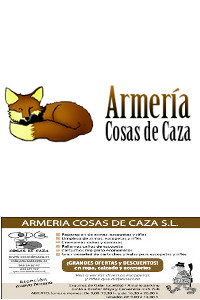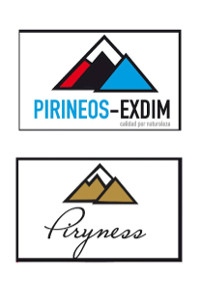Sidebar
Glossary
The visible graphical interface features of an application are sometimes referred to as chrome. See Applying custom module chrome for information about how to modify the look of modules (in other words, the module "chrome").
Reference: http://docs.joomla.org/Glossary
A component is a kind of Joomla! extension. Components are the main functional units of Joomla!; they can be seen as mini-applications. An easy analogy would be that Joomla! is the operating system and the components are desktop applications. They are usually displayed in the center of the main content area of a template (depending on the template).
Most components have two main parts: an administrator part and a site part. The site part is what is used to render pages when being called during normal site operation. The administrator part provides an interface to configure and manage different aspects of the component and is accessible through the Joomla! administrator application.
Joomla! comes with a number of core components, like the content management system, contact forms and Web Links.
Reference: http://docs.joomla.org/Glossary
An application such as Joomla that allows you to publish, edit and change content displayed on a web site's web pages.
A Cascading Style Sheet or CSS is used to control the presentation of an XHTML page. For example, a CSS file will often control the font, margins, color, background graphics, and other aspects of a web page's appearance. CSS allows you to separate the content of an XHTML page from it's appearance. In Joomla!, CSS files (for example, template.css) are normally part of the template.
Reference: http://docs.joomla.org/Glossary
A file that stores configuration setttings which you will find in the root folder of Joomla installation. All the parameters under the Site, System and Server tabs in the Global Configuration are stored as values in this file. This file is set up automatically by the software installation process and thus many of the parameters appearing in the Global Configuration screens are best left as their initial settings.
One of the elements of model-view-controller (MVC) design pattern used for Joomla core components. The controller executes tasks that are being requested by the client or the system. The base API class we use for a controller is called JController.
Module Class Suffix is a parameter in Joomla! modules. It is set Module: [Edit] screen under Advanced Parameters. Setting this parameter causes Joomla! to either add a new CSS class or modify the existing CSS class for the div element for this specific module.
When Joomla! generates a module, it automatically create a CSS class called "moduletable" to allow styling of the module - for example,
<div class="moduletable">To create a new class, enter the parameter with a leading space. For example, entering a space plus "myNewClass" will create a new CSS class called "myNewClass". The HTML will be changed to
<div class="moduletable myNewClass">To change the name of the existing class, enter in the parameter without a leading space. For example, entering "_mySuffix" (no leading space) will cause the HTML to changed to
<div class="moduletable_mySuffix">Generally, it is recommended to use a leading space to create a new class. This way, CSS styling for this module that uses the standard class names will continue to work. You can use the new class name to add any desired styling to the module without needing to re-create all of the existing CSS code. Note that, if you create a new class name, make sure it has a unique name and doesn't conflict with any existing class names.
Reference: http://docs.joomla.org/Glossary































